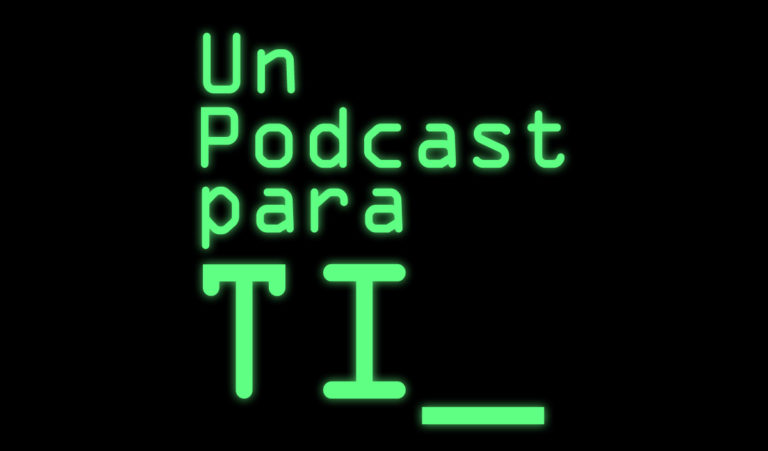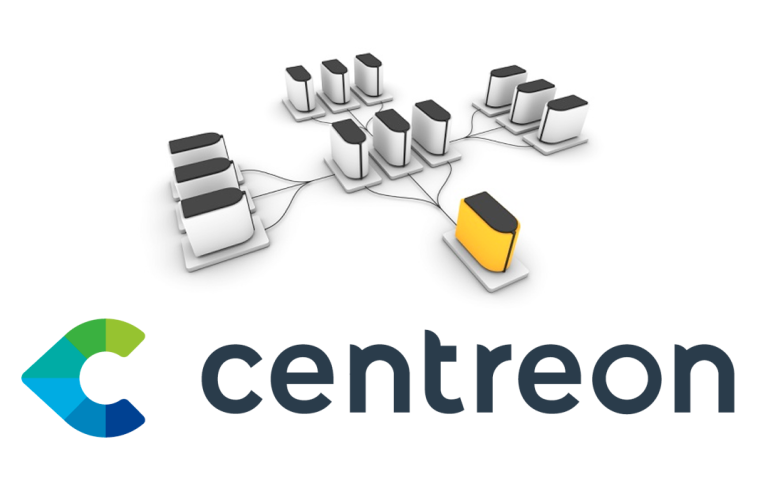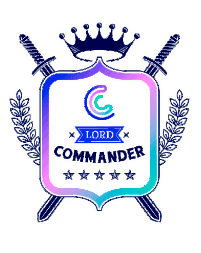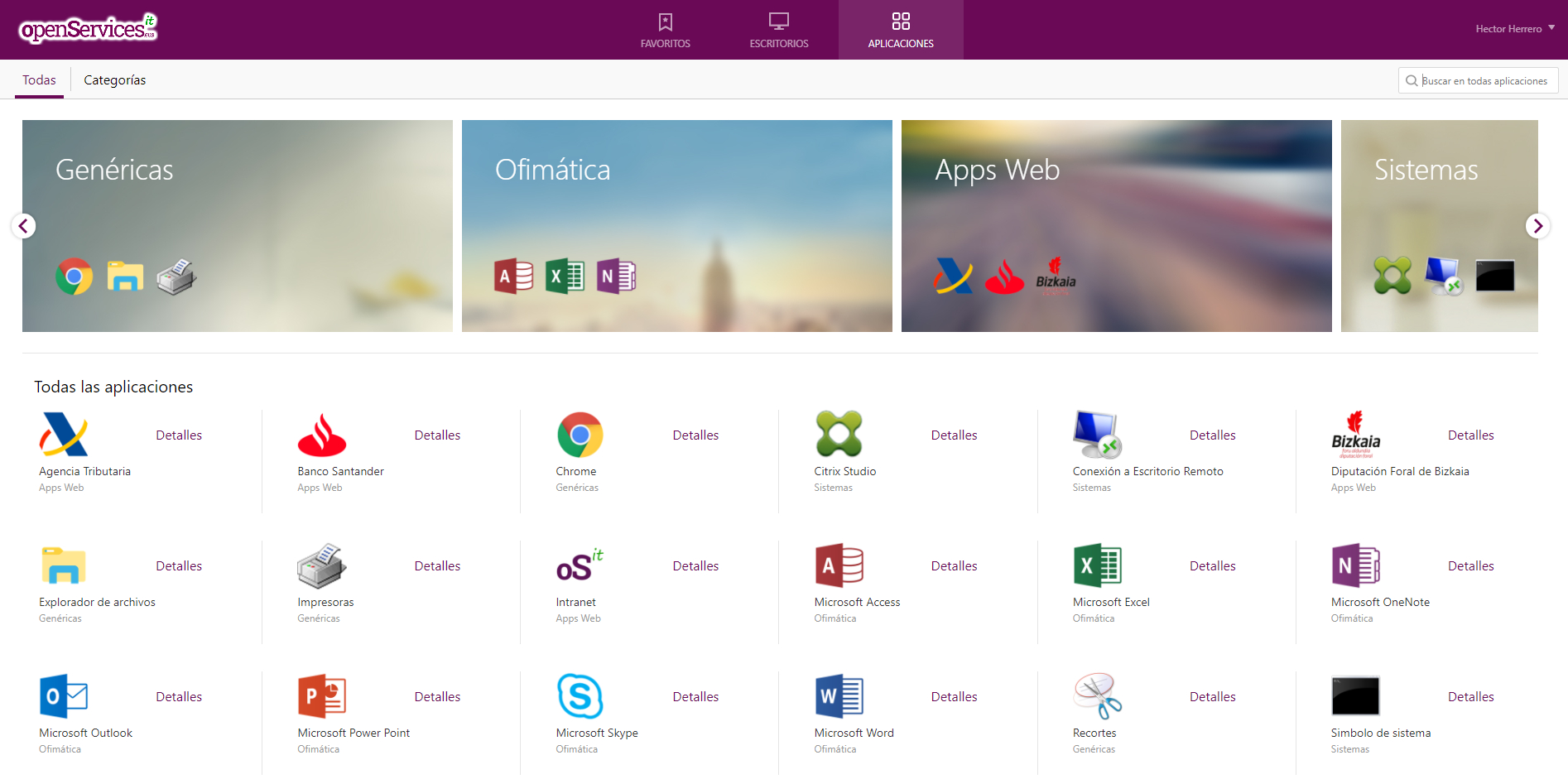Different types of Microsoft Exchange high availability 2007 (CCR, SCC, CSF & SCR)
Well, After a long time out, with a lot of work, I had time to look at myself and wrestle with the different types of high availability that Microsoft Exchange gives us 2007 to date. Unlike Microsoft Exchange 2003, This version, brings more possibilities to have a high availability of our mail server, having different methods, some cheaper than others and more or less complex. In principle, we have:
CCR (Cluster Continuous Replication o Replicación Continua en Clúster)
SCC (Single Copy Cluster o Clúster de Copia Única)
CSF (Local Continuous Replication o Replicación Continua Local)
SCR (Standby Continuous Replication o Replicación Continua en Espera)
Below is a brief description of each type of system that Microsoft offers us to have our email service in operation at all times, In other documents each of them will be shown in detail and how to assemble them. The first two high-availability systems are based on cluster technology and the other two are based on replication of the logs.
CCR – Cluster Continuous Replication – Continuous Cluster Replication,
CCR is a new type of cluster where we will have a failover cluster system with no shared storage. We will have several nodes with the 'Mailbox Function'’ one of them being active and the other as a passive, unlike SCC, CCR must have the databases, LOG's… on the local disks of the servers, and he will be in charge of having a copy of the storage groups exactly the same on the nodes. It is similar to CSF; the difference is that LCR will always be on the same server and CCR on another server, since when the active node fails, services will be lifted is the passive server.
SCC – Single Copy Cluster – Single Copy Cluster,
SCC is the cluster that we can know from previous editions of Microsoft Exchange, is a shared storage failover cluster system, This is, we will have several nodes with the 'Mailbox Function'’ one of them being active and the rest passive. Storage must be shared, Databases must be in an array or remote storage system, iSCSI, fibre… When the active node fails, One of the nodes in a passive state will become active by connecting the shared storage to it and starting all its services in it.
CSF – Local Continuous Replication – Continuous Local Replication,
Well, This would no longer be a cluster but a replication-based solution (Using asynchronous log shipping technology), it will only be under a single server. You will keep a copy of the storage group on a second local storage. Ideally in a disk controller other than the first 😉 one In case of failure of the first disk or controller, The start of the service will be manual.
SCR – Standby Continuous Replication – Standby Continuous Replication,
And finally we have SCR, only available with Exchange SP1 2007, is based on LCR and CCR but using standby continuous replication, if you want, can be combined with an SCC cluster for better availability, or to replicate data from different sites. Being able to configure a replication time between the source SCR and the destination SCRs, to give time to realize if the DB is corrupted, that it is not corrupted in one of the destinies; or if the source SCR server physically fails, that a destination SCR server has the DB replicated using SCC with the updated data.












































